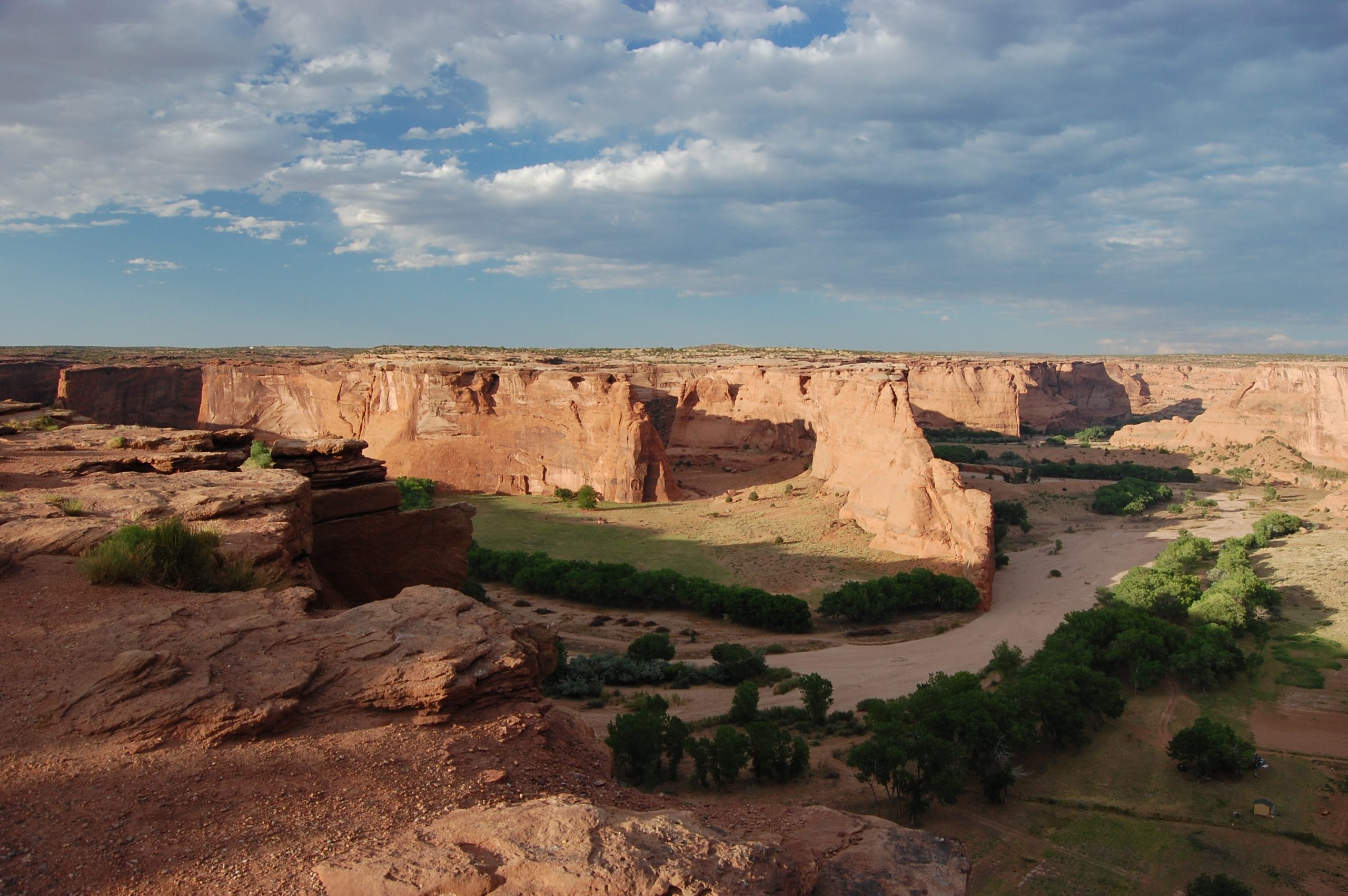Canyon de Chelly National Monument, established on April 1, 1931, is a significant cultural and historical site located in northeastern Arizona, within the Navajo Nation. This monument, covering 83,840 acres, is unique as it is entirely owned by the Navajo Tribal Trust, making it the only National Park Service unit owned and cooperatively managed in this manner. The monument’s landscape has been continuously inhabited for thousands of years, showcasing the rich history of the indigenous tribes that have lived in the area.
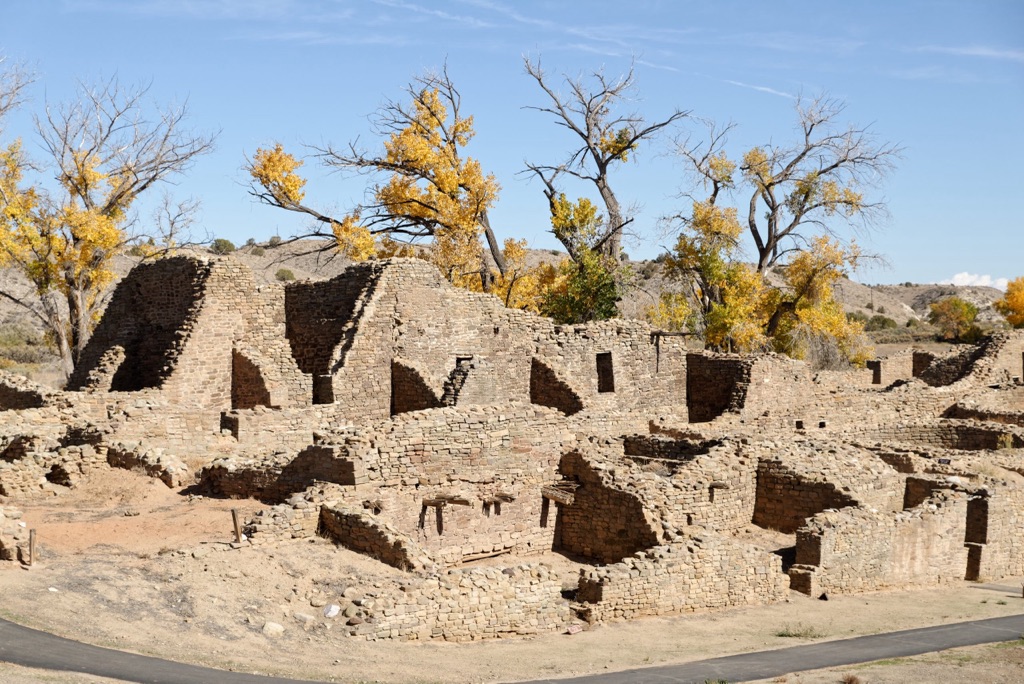
Aztec Ruins National Monument
The Aztec Ruins National Monument, located in northwestern New Mexico, United States, stands as a significant archaeological site that offers insight into the lives of the ancestral Pueblo peoples. Situated on the western bank of the Animas River in Aztec, New Mexico, approximately 12 miles northeast of Farmington, this monument preserves structures that were constructed between the 12th and 13th centuries AD.
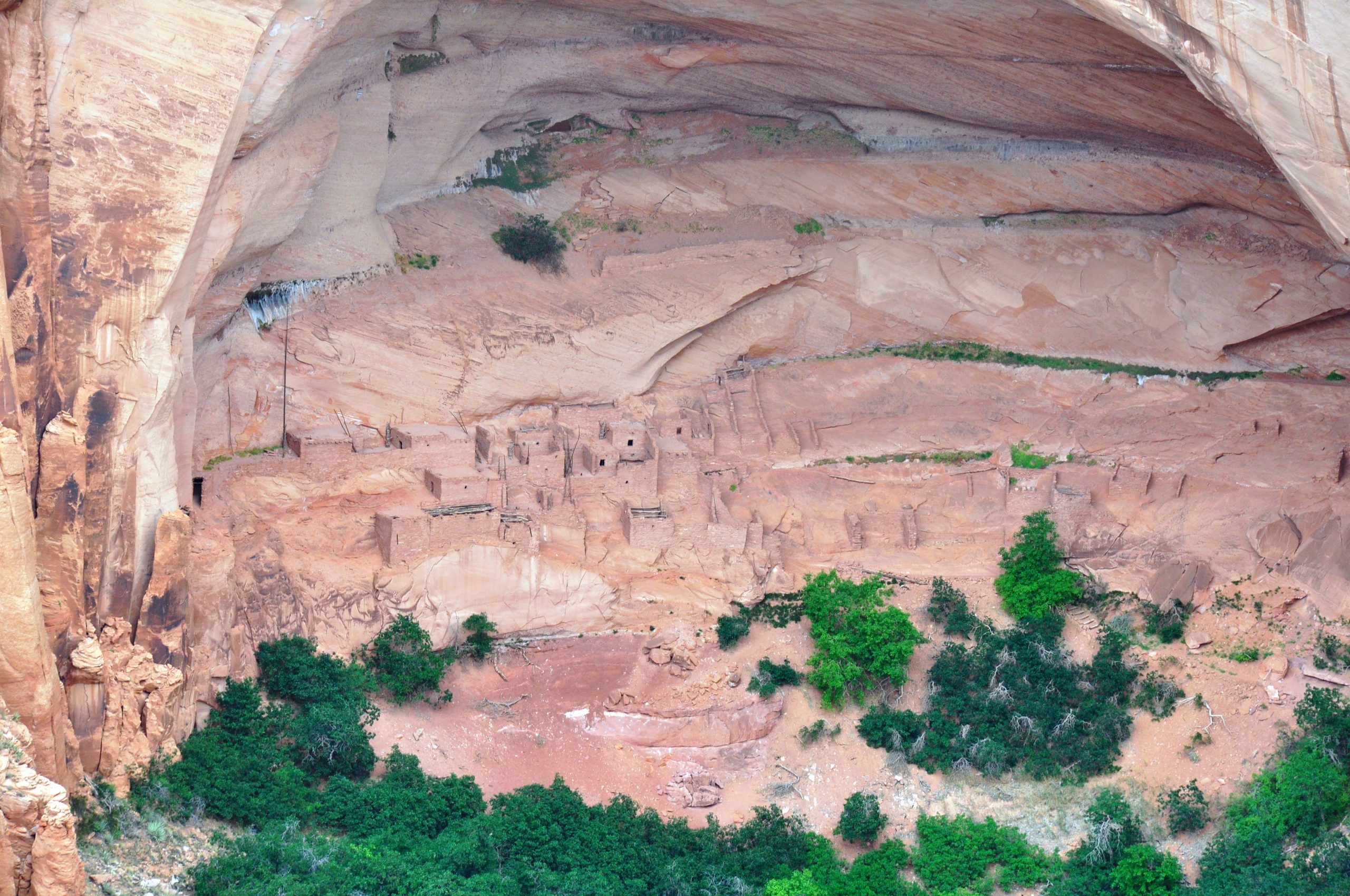
Navajo National Monument
Navajo National Monument, located within the northwest portion of the Navajo Nation territory in northern Arizona, was established to preserve three well-preserved cliff dwellings of the Ancestral Puebloan people: Keet Seel (Broken Pottery) (Kitsʼiil), Betatakin (Ledge House) (Bitátʼahkin), and Inscription House (Tsʼah Biiʼ Kin). Situated high on the Shonto plateau, the monument overlooks the Tsegi Canyon system, west of Kayenta, Arizona. It features a visitor center with a museum, three short self-guided trails, two small campgrounds, and a picnic area.
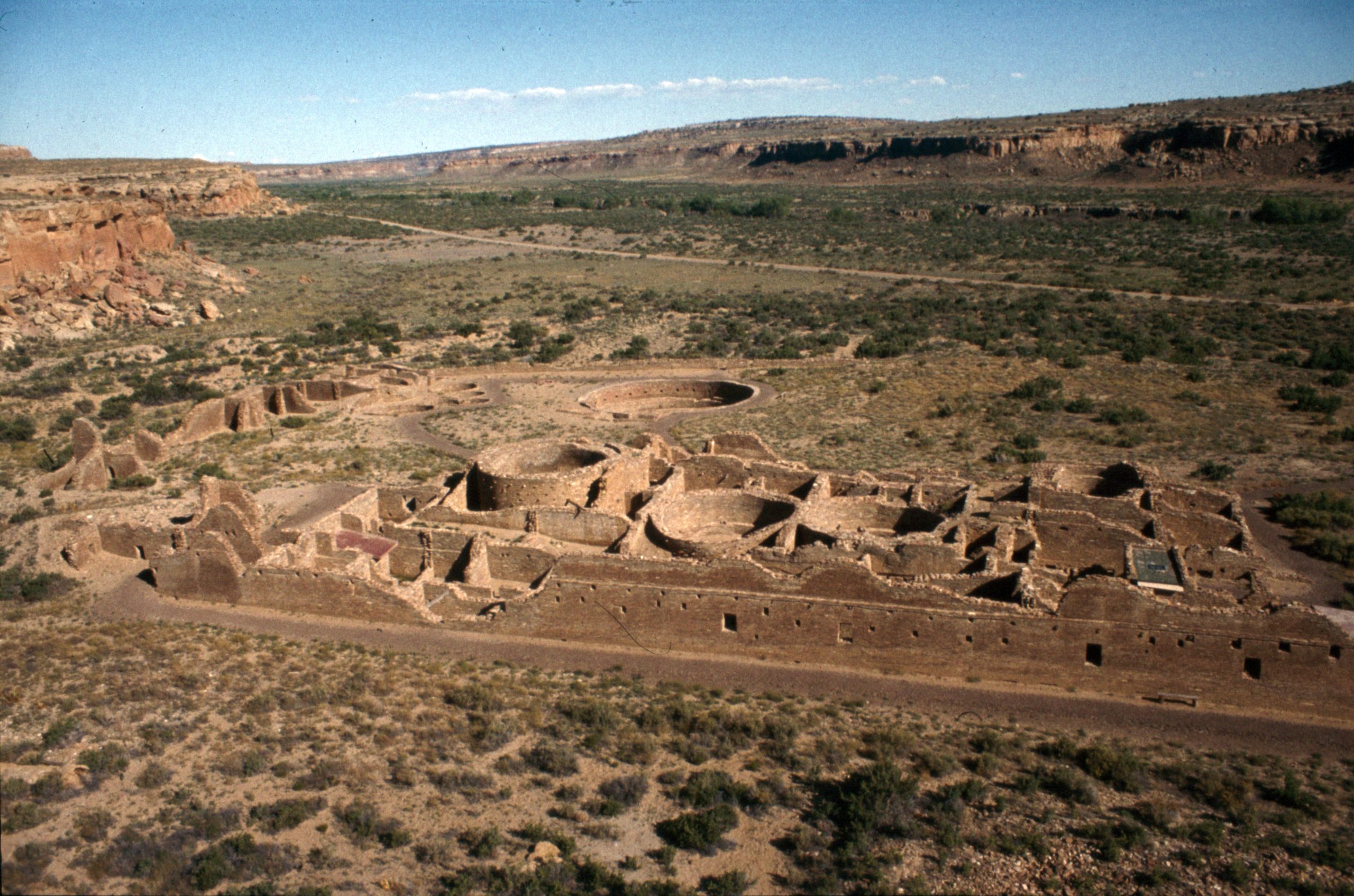
Chetro Ketl
Chetro Ketl stands as a testament to the architectural ingenuity and societal complexity of the Ancestral Puebloans. Located in Chaco Culture National Historical Park, New Mexico, this great house and archeological site has captivated historians and archaeologists alike. Its construction, which began around 990 AD and was largely complete by 1075 AD, required an estimated 500,000 man-hours, 26,000 trees, and 50 million sandstone blocks. This monumental effort resulted in a D-shaped structure that covered nearly 3 acres, making it the largest great house by area in Chaco Canyon.
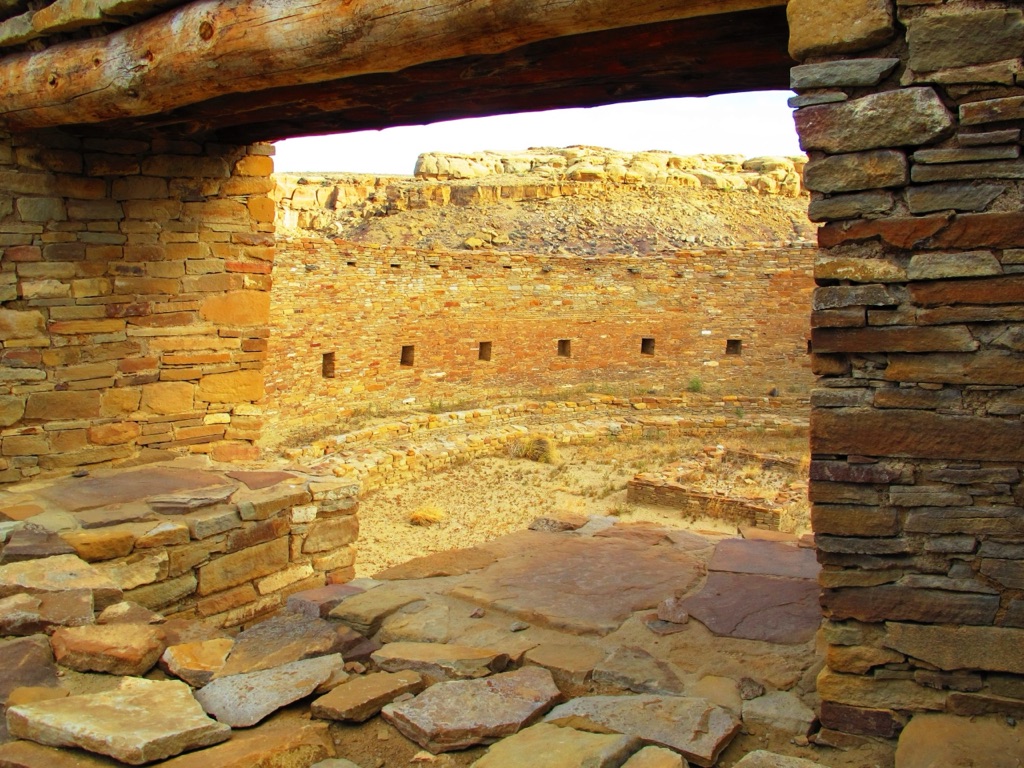
Casa Rinconada
Casa Rinconada stands as a significant archaeological site within the Chaco Culture National Historical Park in northwestern New Mexico, United States. This site, located atop a ridge adjacent to a small rincon and directly across from Pueblo Bonito, offers a unique glimpse into the architectural and ceremonial practices of the Ancestral Puebloans.
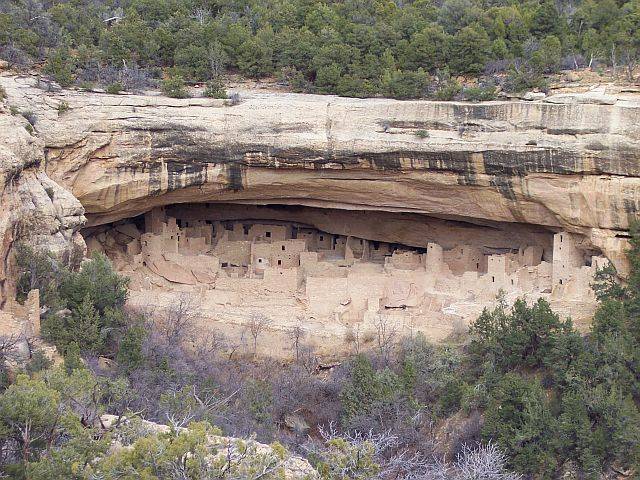
Cliff Palace Mesa Verde
Cliff Palace stands as the largest cliff dwelling in North America, a testament to the architectural and communal achievements of the Ancestral Puebloans. Located in Mesa Verde National Park, Montezuma County, Colorado, this pre-Columbian structure offers invaluable insights into the lives, cultures, and resilience of its creators.

